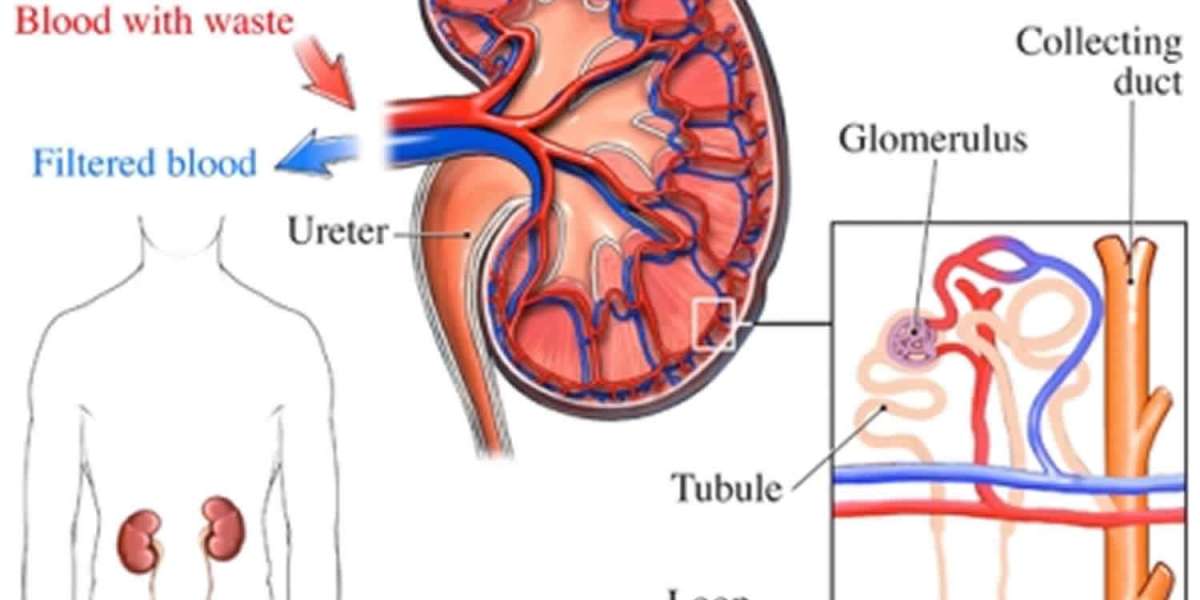When Tiny Kidneys Face Big Challenges: Infantile Nephrotic Syndrome Symptoms
A diagnosis of infantile nephrotic syndrome (INS) can be a shock for new parents. This rare condition, also known as congenital nephrotic syndrome, starts in the first few months of life. It happens when the kidneys' tiny filters, called glomeruli, don't work correctly, causing a large amount of protein to leak into the urine.
The symptoms can be subtle at first, which is why it's so important to know what to look for. One of the earliest and most noticeable signs is swelling, or edema. This happens because the protein loss causes fluid to build up in the body's tissues. You might notice swelling in your baby's:
Face, especially around the eyes
Abdomen (a swollen belly)
Legs and feet
Other key infantile nephrotic syndrome symptoms include:
Foamy urine: The high level of protein in the urine can make it look foamy or bubbly.
Low birth weight: Some babies with INS are born smaller than expected.
Poor appetite: This can lead to slow weight gain or a failure to thrive.
Difficulty breathing or a cough: In severe cases, fluid buildup can affect the lungs.
If you notice any of these signs, it's crucial to speak with your child's doctor right away. While it's a serious condition, an early diagnosis and aggressive treatment can make a significant difference.
Unraveling the Mystery: The Process for an IgAN Diagnosis
IgA nephropathy, or IgAN, is one of the most common causes of glomerulonephritis, an inflammation of the kidney filters. It often affects young adults and can go unnoticed for years because the symptoms can be mild or may not be present at all.
So, how do doctors figure out if you have IgAN? The process for an IgAN diagnosis typically begins with a routine checkup. A urinalysis might show blood and protein in the urine, which are key indicators of a kidney issue. If these signs are found, your doctor will likely recommend more tests to get a clearer picture of what's happening.
Here's what the diagnostic process often involves:
Blood and Urine Tests: These tests measure things like blood protein and waste products to see how well your kidneys are functioning.
Blood Pressure Check: High blood pressure is a common symptom of kidney disease and is a key factor in managing IgAN.
Kidney Biopsy: This is the only way to confirm an IgAN diagnosis. A small piece of kidney tissue is taken and examined under a microscope. Doctors look for deposits of immunoglobulin A (IgA), a type of antibody, in the kidney's filters. The biopsy helps identify IgAN and can also show how much damage is present.
Exploring the "Why": Membranous Nephropathy Causes
Membranous nephropathy (MN) is another common cause of nephrotic syndrome in adults. Like other kidney diseases, it's caused by damage to the kidney filters. This damage leads to a thickening of the glomerular basement membrane, which is a key part of the filtration system. This thickening makes it easier for protein to leak out of the blood and into the urine.
One of the most important things to know about membranous nephropathy causes is that they fall into two main categories: primary and secondary.
Primary Membranous Nephropathy: This is when the disease happens on its own, without a known underlying cause. For a long time, the reason for this was a mystery, but recent research has provided a huge breakthrough. In most cases, primary MN is an autoimmune disease where the body's immune system mistakenly creates antibodies that attack a specific protein in the kidney filters called the PLA2R receptor. This discovery has paved the way for more targeted research and treatments.
Secondary Membranous Nephropathy: This type of MN is caused by another medical condition or external factor. The kidney damage is a result of that other issue. Some of the things that can lead to secondary MN include:
Autoimmune diseases: Conditions like lupus (systemic lupus erythematosus) can trigger MN.
Infections: Viruses such as Hepatitis B and C can be a cause.
Cancers: Certain types of cancer, particularly lung and colon cancer, can be linked to the development of MN.
Medications: In some cases, specific medications, like nonsteroidal anti-inflammatory drugs (NSAIDs) or certain heavy metals, can cause secondary MN.
Moving Forward with Hope
At NephCure Inc., our work is driven by the desire to provide answers and support for everyone affected by rare kidney diseases. We're a patient-focused organization dedicated to supporting research, educating the community, and providing resources to help people with these conditions.
Learning about your or your loved one's kidney disease can be a lot to process, and it's okay to feel overwhelmed. But remember, you don't have to do it alone. We encourage you to seek out support groups, connect with other patients, and stay informed.
By raising awareness, funding research, and advocating for better care, we are working toward a future where everyone with a rare kidney disease can live a full and healthy life. For more information and resources, we invite you to explore our website and connect with our community.



